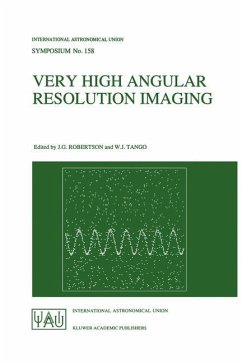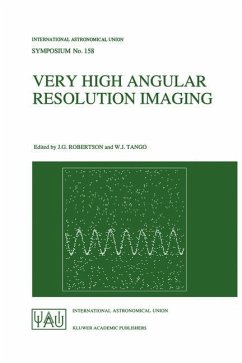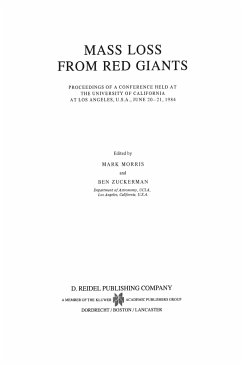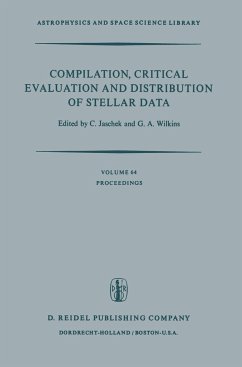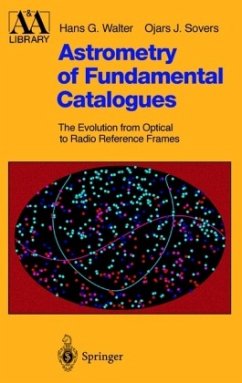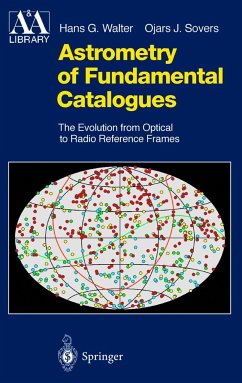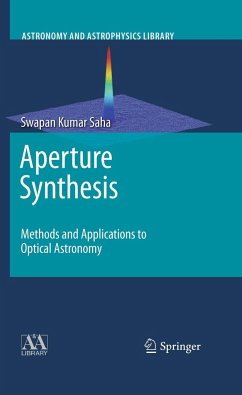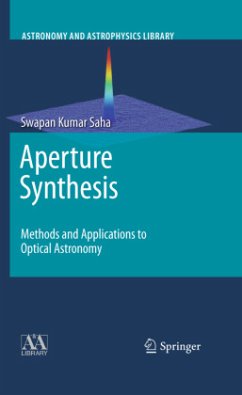
High Angular Resolution in Astrophysics
Versandkostenfrei!
Versandfertig in 6-10 Tagen
76,99 €
inkl. MwSt.

PAYBACK Punkte
38 °P sammeln!
Over the last decade many efforts have been made to develop high angular resolution techniques in astrophysics. Combined with imaging facilities, they have rapidly proved their efficiency and have already led to major astrophysical results. During the decade to come, astronomers will be offered new, even more sophisticated high angular resolution tools, especially in the IR and optical domains, coupled with much bigger telescopes, either on the ground or in space. In such a context of rapidly evolving techniques and a growing need for higher angular resolution to test theories or discover ne...
Over the last decade many efforts have been made to develop high angular resolution techniques in astrophysics. Combined with imaging facilities, they have rapidly proved their efficiency and have already led to major astrophysical results.
During the decade to come, astronomers will be offered new, even more sophisticated high angular resolution tools, especially in the IR and optical domains, coupled with much bigger telescopes, either on the ground or in space.
In such a context of rapidly evolving techniques and a growing need for higher angular resolution to test theories or discover new objects, the present book reviews both instrumental and scientific aspects. The main questions addressed are: what kind of science will benefit from high angular resolution techniques? How can they best be used?
Audience: The book is accessible to students and research workers in both instrumental and astrophysical aspects.
During the decade to come, astronomers will be offered new, even more sophisticated high angular resolution tools, especially in the IR and optical domains, coupled with much bigger telescopes, either on the ground or in space.
In such a context of rapidly evolving techniques and a growing need for higher angular resolution to test theories or discover new objects, the present book reviews both instrumental and scientific aspects. The main questions addressed are: what kind of science will benefit from high angular resolution techniques? How can they best be used?
Audience: The book is accessible to students and research workers in both instrumental and astrophysical aspects.



